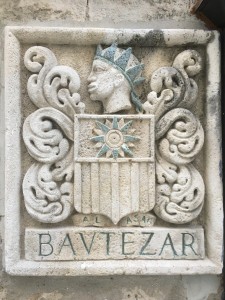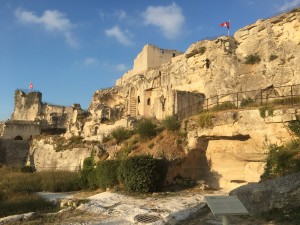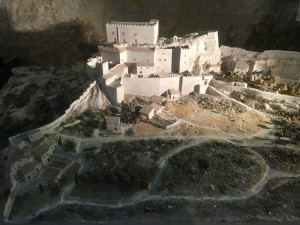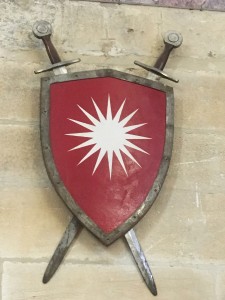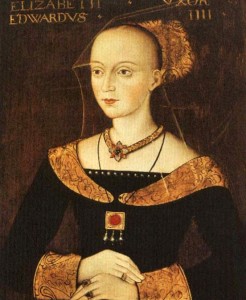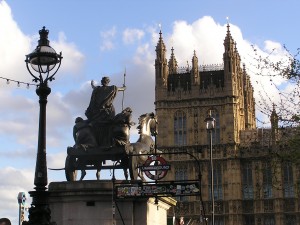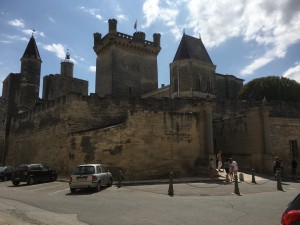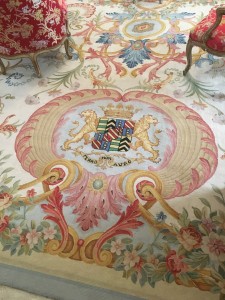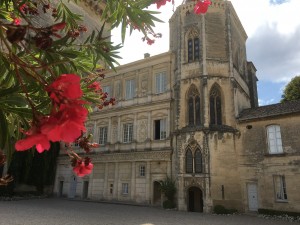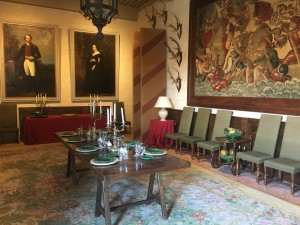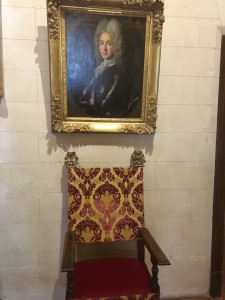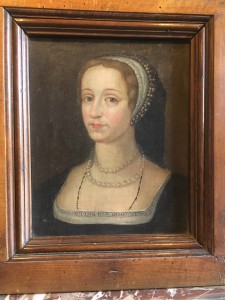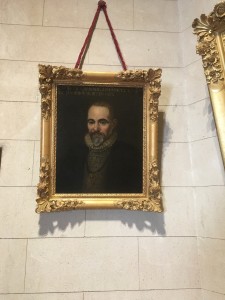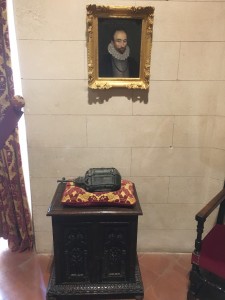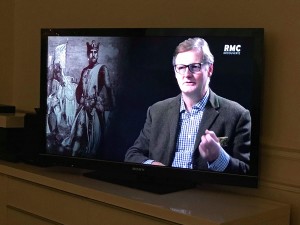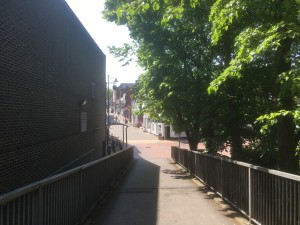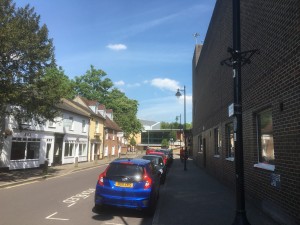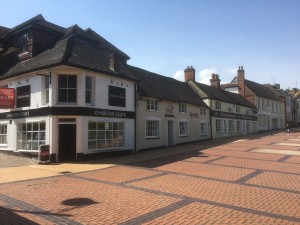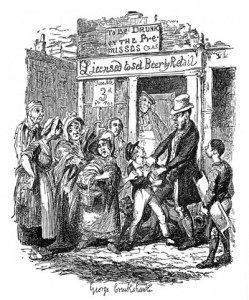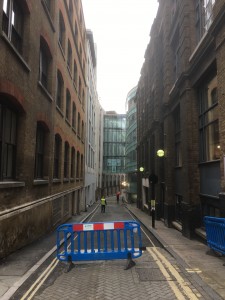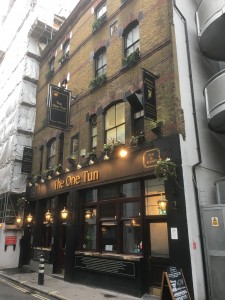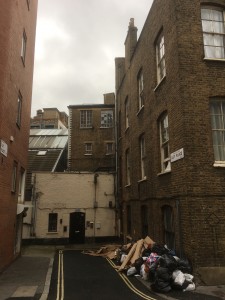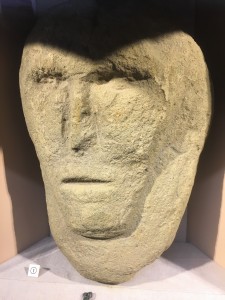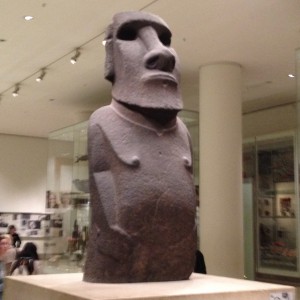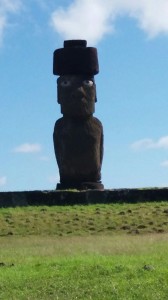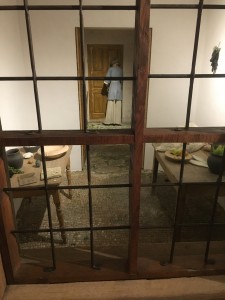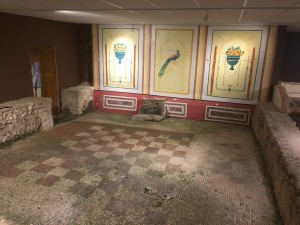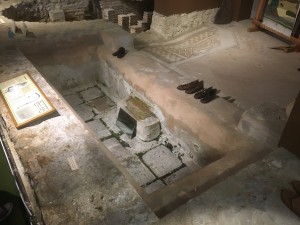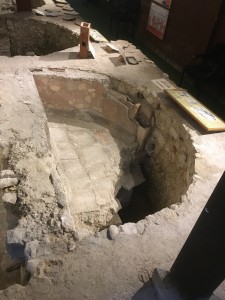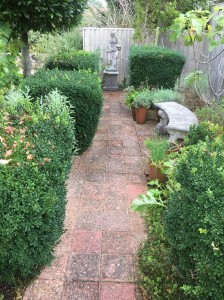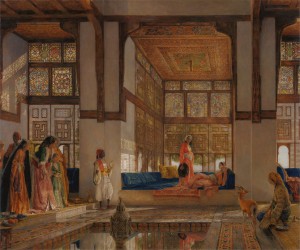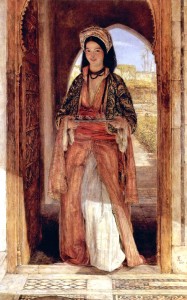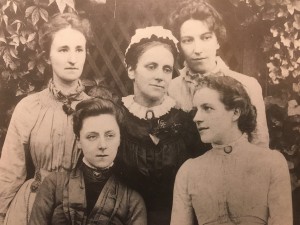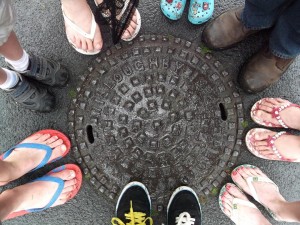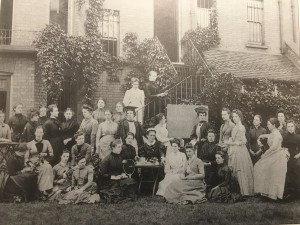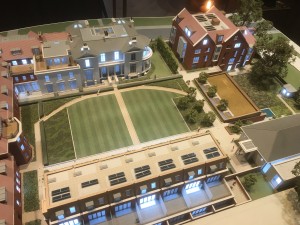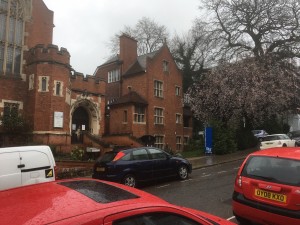The proud and fractious lords of Les Baux were named for the eagle’s nest, the great yellow castle on a precipice – or ‘balc’ in the local speech – from which they reigned.
Before the end of the twelfth century, an alternative story was proposed, thought up by some ingenious clerk or minstrel: that ‘Baux’ derived from Balthazar (Bautezar in Provençal), one of the three magi or wise men, whose son, they said, had come out of Ethiopia to settle in those parts and was the founder of their line. The arms of the family are thus gules, a comet with sixteen rays argent, representing the very star that had guided the magi on their journey ‘from the east’. In their war-cry, ‘à l’asard Bautezar’ (to chance, Balthazar), they succinctly proclaimed their sanctified ancestry along with the recklessness of their ambition.
The castrum Balcius is first cited in a charter of 981, when the head of the family, Pons, held the office of ‘vicomes’; whilst their line can be traced back to a Germanic-sounding Count Liebulfe – no Ethiopian he! – who was born in the late 700s. Sovereign lords for a spell, minting their own coins, the Les Baux came to rule over 79 dependencies, ranging from Vaccarès in the Camargue to the principality of Orange. Yet that was not enough. They must also contest the countship of Provence, to which, admittedly, they had a sound claim; but years of bitter conflict with the rival House of Toulouse ended with their utter defeat in 1162, the ravaging of their lands and the razing of their Château des Baux. Au hasard, Balthazar! Everything chanced on the roll of the dice.
The castle rose again, and was occupied by the family till 1426. In 1632, on the orders of the king, it was comprehensively slighted by the application of gunpowder. The remaining habitable parts were destroyed in 1793, the hateful charters burnt. Hewn out of the very rock, Les Baux is now a spectral ruin, like an abandoned city of troglodytes. The dressed stone that fronted each range of buildings has been removed, exposing their cave-like interiors. There is barely a single room with its four walls intact.
Military headquarters and court, this was once a throbbing community, with its capacious stables, stores and refectories (‘tinels’), and subsidiary residences for important vassals. Searching for any recognisable feature, one notices stonework up above resembling a giant honeycomb: a pigeonnier of course, for all these people must be fed. There were fishponds, too, and a windmill, and the castle supported a large hunting establishment. The plains below were not the neat vineyards of today but were forested for deer, a vast sporting ground.
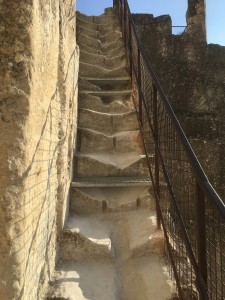 The walkways on the ramparts are picturesquely worn and weathered. The narrow, slippery staircase that leads to La Tour Sarrasine is dissected by a deep gutter, an attempt to channel the torrents of rainwater. Best preserved are the service rooms cut deep into the rock below the donjon. The blackened fireplace in the kitchen and the empty bread ovens are powerfully evocative of the former life here.
The walkways on the ramparts are picturesquely worn and weathered. The narrow, slippery staircase that leads to La Tour Sarrasine is dissected by a deep gutter, an attempt to channel the torrents of rainwater. Best preserved are the service rooms cut deep into the rock below the donjon. The blackened fireplace in the kitchen and the empty bread ovens are powerfully evocative of the former life here.
The ruins of Les Baux are difficult to read but one can make most sense of the donjon, which is relatively well preserved. This thirteenth-century reconstruction of its damaged predecessor is a simple, but very grand and rather elegant two-storied structure. It has only a few small windows and was poorly insulated. The huge fireplaces of which we see traces would have been very necessary to raise the temperature and control the humidity in winter. Beam holes mark the position of the floors. There were reception rooms at ground level, and fifteen chambers above, with names like the chambre de la Tour (that of the Lady Alix des Baux in 1426), the chambre de la Rose and the chambre du Pape (after Pope Clement VII, who used to visit from Avignon).
Despite the sumptuous tapestries on every wall (mentioned in an inventory for Lady Alix), these rooms were sparsely furnished (the odd coffer and trestle table) and rather forbidding. They would, however, have been crowded with people and there was always the softening presence of troubadours – Raimbaut d’Orange in the twelfth century, Paulet de Marseille in the thirteenth. Think of the stamping of feet to their estampidas or dancing songs, the endless gallantries, the rapt attention to their tales of unhappy love in the uvularising Provençal.
Perched vertiginously on its rock – one shudders to think of prisoners being thrown to their deaths in 1394 – Les Baux is beautiful but unnerving, an expression of brutal feudalism. Its prideful lords were driven by their greed and ambition, launching pointless wars that destroyed countless innocent lives. Like most of their kind, they were lovers of strife, and of the spectacle of strife.
Marguerite des Baux, Grandmother of Elizabeth Wydvill
Their ambitions thwarted in Provence, the Les Baux sought a new destiny in Italy. Barral des Baux (patron of the troubadour Raimbaut d’Orange) took the cross and enlisted with Charles of Anjou in 1252. His younger son Raimond led the cavalry charge at Benevento in 1266, the battle that won the kingdom of Sicily for Charles. Barral was appointed Grand Justiciar; his elder son, Bertrand, Count of Avellino. Bertrand’s descendant Alix was the last of the line to reside at Les Baux, where she died in 1426, in the chambre de la Tour.
Their cousin, another Bertrand, also shared in the spoils, becoming duke of Andria, a fair city on the coast of Apulia. Bertrand’s son François, Duke of Andria, married Sueva, daughter of Niccolo Orsini, Count of Nola, in 1381. The Orsini were a Roman senatorial family whose line can be traced back to the tenth century; as Scott Fitzgerald described them (Tender is the Night, Book II, Chap.XXII), ‘they’re the ones who got possession of the temples and palaces after Rome went to pieces and preyed on the people’. They picked up some interesting connections along the way. Sueva Orsini’s mother, Jeanne de Sabran, was the great-grand-niece of St Thomas Aquinas; her grandmother, Anastasia, the daughter of Simon de Montfort’s exiled son Guy.
François des Baux (who died in 1422, aged over ninety) had a son by Sueva, Guillaume, who succeeded as Duke of Andria and was also the designated heir to his cousin Alix des Baux, last of the senior line. Louis III of Anjou, Count of Provence, refused, however, to honour the terms of her will, seizing the territory for himself and finally severing the troublesome House of Les Baux from their ancestral home.
The couple also had a daughter, Marguerite, who married Pierre de Luxembourg, Count of St Pol. Marguerite’s daughter, Jacquetta of Luxembourg, contracted an illustrious first marriage with John of England, Duke of Bedford, which was childless. Her second marriage was to someone far beneath her, an aberrant love-match with one of the old duke’s retainers. Sir Richard Wydvill was an obscure Northamptonshire knight, though he was later created Earl Rivers and appointed a Garter knight. Those honours would not have come his way but for the even-more-scandalous marriage, in secret, of the beautiful, dragon-eyed Elizabeth Wydvill, Sir Richard’s daughter by Jacquetta, with King Edward IV of England. From Elizabeth, her brother and her sisters (who all quartered the arms of Les Baux) there are numerous lines of descent to the modern day.
The noblest families of southern Italy and Sicily invariably descend from the companions of Charles of Anjou, like those of Corbera and Falconeri in Lampedusa’s Leopard. The ‘del Balzo’ line subsists in several branches in Italy to this day, still holding ducal rank, but far removed from the precipice in Provence for which they are named.
[Paul Pontus, Les Baux (Paris, 1971); Famille des Baux at http://jean.gallian.free.fr/comm2/fam_fich/b/baux.htm; Steven Runciman, The Sicilian Vespers (Cambridge, 1982), pp.73-6, 84); Lt.Col. W.H. Turton, The Plantagenet Ancestry, pp.228-9.]
